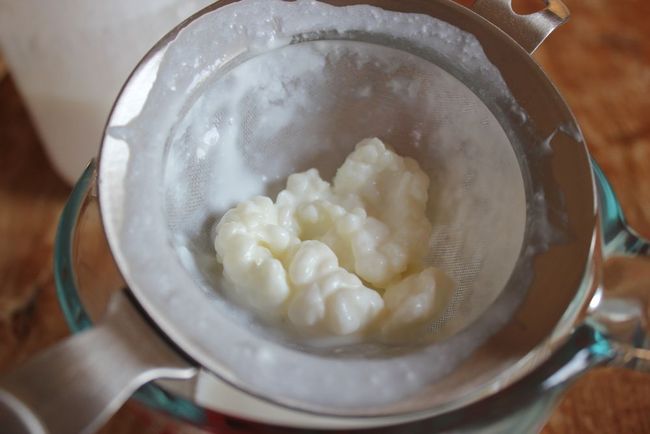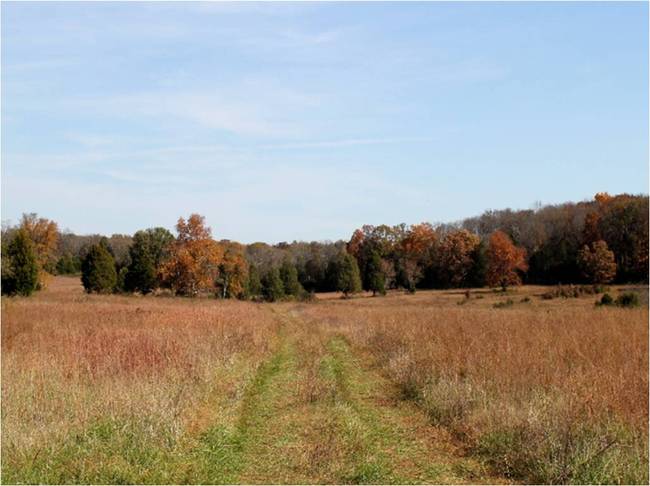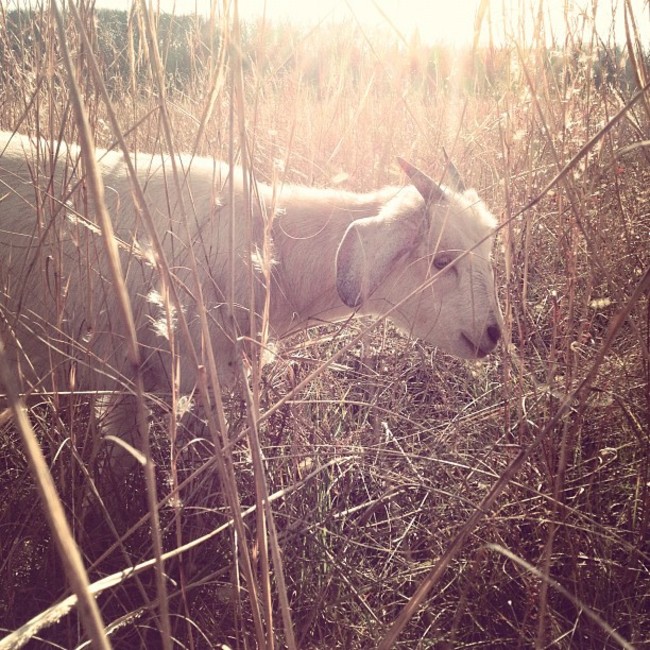I have an exciting new kitchen witchery experiment going! As of the day before Thanksgiving, there has been a nook on the shelf of our hutch in the kitchen dedicated to this: Noooo - it's not a candle... it's kefir! Kefir is a fermented milk drink, similar to yogurt with origins in Eastern Europe. The traditional "starter" is a living colony/symbiotic culture of yeasts and lactic bacteria that resembles cauliflower or little opaque beads clumped together. These "beads" are commonly referred to as grains, and they will actually grow in number daily as they consume and ferment more and more lactose while fermenting milk into a super-powered probiotic drink.
Noooo - it's not a candle... it's kefir! Kefir is a fermented milk drink, similar to yogurt with origins in Eastern Europe. The traditional "starter" is a living colony/symbiotic culture of yeasts and lactic bacteria that resembles cauliflower or little opaque beads clumped together. These "beads" are commonly referred to as grains, and they will actually grow in number daily as they consume and ferment more and more lactose while fermenting milk into a super-powered probiotic drink.
Before this experiment, I had never consumed traditional kefir. I had tried the kind you can buy in the grocery store and made my own with freeze dried cultures... These are just approximations of the real thing,


